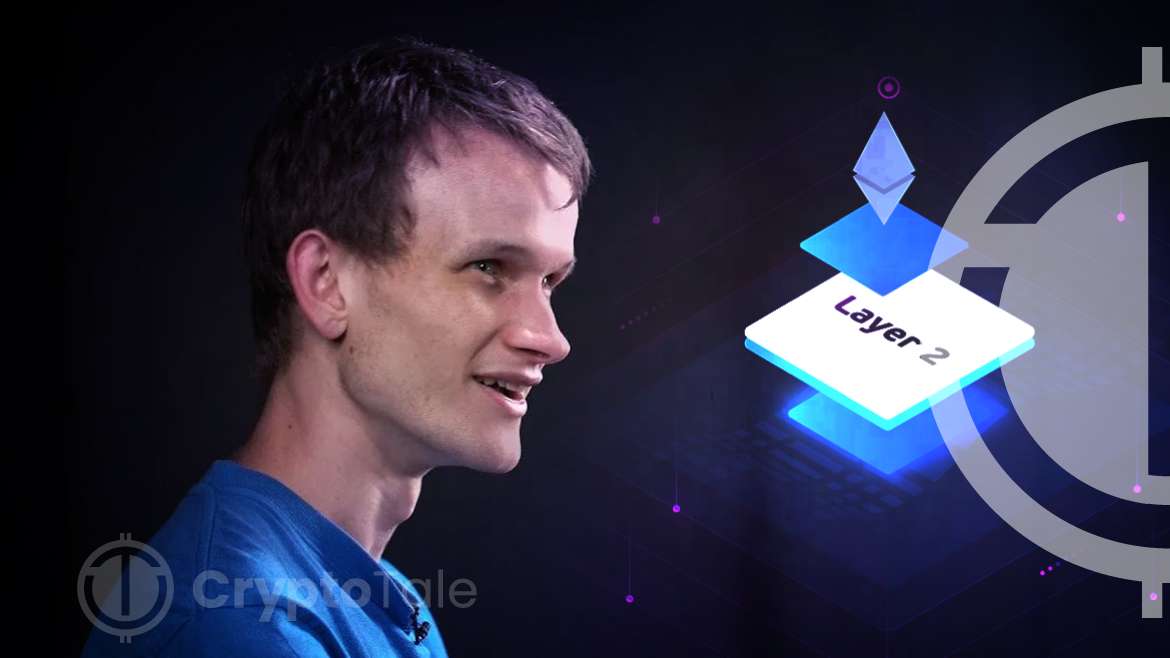
Recently, the co-founder of Ethereum Vitalik Buterin revealed the essential intricacies of layer-2 (L2) technology in an interview on a major stage. These L2 solutions play a key role in enabling the expansion of Ethereum’s network while preserving security for layer one (L1) of this primary blockchain.
L2 solutions encompass two main categories: rollups and validiums, and Buterin clarified that both fall under the L2 umbrella. This distinction holds significance as it delineates the trade-offs between security and scalability.
Rollups, considered security-favoring solutions, bundle transactions into a single proof posted on the L1 chain, ensuring high security. In contrast, validiums, described as scale-favoring, store data off-chain but provide proofs on-chain, offering greater scalability at the cost of slightly reduced security.
This differentiation is not just academic; it has practical implications. Rollups, due to their on-chain data posting, tend to be more expensive but offer robust security. On the other hand, validiums are a more cost-effective alternative, albeit with a slight compromise on security.
Buterin suggests adopting terminology that reflects these distinctions without undermining either option. He proposes terms like strong L2 for rollups and light L2 for validiums to help users make informed choices.
Interestingly, Buterin also highlighted that L2 architecture isn’t solely about security levels. He acknowledged the existence of an intermediate space between rollups and validiums, further complicating the classification.
In a surprising twist, Craig Wright, who claims to be Satoshi Nakamoto, aimed Vitalik Buterin, reigniting the age-old debate surrounding protocol immutability and the diverging paths of Bitcoin and Ethereum. Wright revisited Buterin’s 2017 comments where he expressed concerns about building Ethereum on top of Bitcoin due to potential conflicts with Bitcoin’s development team and the risk of protocol rule changes.
Wright’s critique centers on the idea that Ethereum’s existence depends on centralized development teams with the power to alter the protocol. He envisions a more streamlined and less fragmented system if everything were built on Bitcoin, emphasizing the stability and originality of Bitcoin’s protocol.
In a recent tweet, Michaël van de Poppe, a prominent figure in the blockchain space, highlighted a strong bounce from Ethereum, signaling a potential uptrend. While the digital currency needs to breach the crucial 0.06 BTC level to confirm the continuation of this trend, the weekly bullish divergence serves as a promising indicator of substantial strength in the months ahead.
Ethereum enthusiasts and investors are eagerly watching these developments, anticipating positive momentum and potential growth in the Ethereum market. Van de Poppe’s analysis provides valuable insights into the cryptocurrency’s near-term prospects, adding to the growing optimism surrounding Ethereum’s future performance.
However, this rivalry between Bitcoin and Ethereum exemplifies deep differences in the methodological underpinnings of decentralization and protocol governance. Wright on the other hand contends for Bitcoin protocol’s stability and consistency against Ethereum, which has really done genuinely well as an application platform.
Furthermore, Wright’s comments reignite the centralization debate within both cryptocurrency ecosystems, bringing attention to OFAC’s censorship of ETH transactions and the concentration of BTC in the hands of whales and miners.
In the dynamic world of blockchain and cryptocurrencies, these debates and clarifications continue to shape the landscape, guiding users in their choices and influencing the future development of these groundbreaking technologies.














